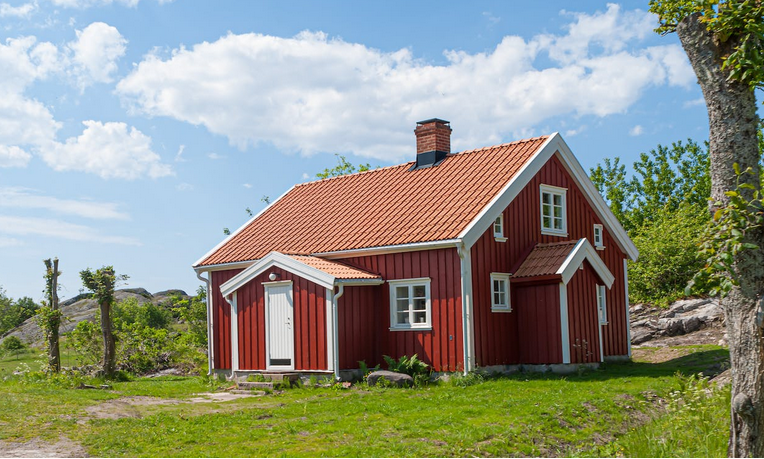
A roof is a crucial component of any building. It plays a vital role in protecting the structure and its occupants from the elements. When it comes to roofing, one of the most important decisions you’ll make is selecting the right types of roofing shingles. However, with the numerous options available, it can be overwhelming to choose the right one. This blog post gives you a comprehensive guide on everything you need about roof shingles, including the different types and materials available.
Asphalt Shingles: Durability and Affordability

Asphalt shingles are one of the most popular and commonly used types of roofing materials for residential homes. This is due to their durability, affordability, and versatility. These shingles are made of a fiberglass mat coated with asphalt and mineral granules, which protect against the elements. They come in various colors and styles, making them a great choice for many homeowners. The durability of asphalt shingles is impressive, as they can withstand extreme weather conditions, including high winds and hail. They also have a long lifespan, ranging from 20-30 years, depending on the quality of the shingles and the local climate.
Metal Roofing: Versatility and Longevity
Metal roofing is a popular choice for homeowners and commercial property owners due to its versatility and longevity. Metal roofs are available in a range of styles, colors, and finishes, making it easy to find a design that complements the aesthetic of any building. Metal roofing materials are also highly durable, spanning up to 50 years or more. They are resistant to fire, wind, and hail damage and are also low maintenance, requiring minimal upkeep over their lifespan. Additionally, metal roofs are energy efficient, reflecting heat from the sun to keep buildings cooler in the summer and reducing energy costs.
Slate Shingles: Elegance and Longevity
Slate shingles are a classic roofing option that offers a combination of elegance and longevity. Made from natural slate stone, these shingles are renowned for their durability, fire resistance, and resistance to extreme weather conditions. Slate shingles are typically thicker and heavier than other types of shingles, which means they can withstand heavy winds, hail, and even falling debris. They also have a unique and timeless appearance that adds a touch of sophistication and charm to any home or building. Despite their initial higher cost, slate shingles can last up to 100 years or more, making them a worthwhile investment for those seeking a long-lasting, low-maintenance roofing option.
Wood Shingles: Natural Beauty and Insulation
 Wood shingles are a popular roofing material used for centuries due to their natural beauty and insulation properties. Made from various types of wood, including cedar, redwood, and pine, wood shingles offer a unique aesthetic appeal that can enhance the overall appearance of a building. Additionally, they provide excellent insulation, helping to keep homes and buildings warm in the winter and cool in the summer. However, it’s important to note that wood shingles require regular maintenance to prevent decay and insect damage, and they may not be the best option for areas with high humidity or frequent rain.
Wood shingles are a popular roofing material used for centuries due to their natural beauty and insulation properties. Made from various types of wood, including cedar, redwood, and pine, wood shingles offer a unique aesthetic appeal that can enhance the overall appearance of a building. Additionally, they provide excellent insulation, helping to keep homes and buildings warm in the winter and cool in the summer. However, it’s important to note that wood shingles require regular maintenance to prevent decay and insect damage, and they may not be the best option for areas with high humidity or frequent rain.
Synthetic Shingles: Affordability and Versatility
Synthetic shingles have become a popular alternative to traditional roofing materials like asphalt, wood, or metal. They are made from a blend of polymers and other materials, making them lightweight and durable. Additionally, synthetic shingles are known for their affordability and versatility. They can mimic the look of different materials, such as slate or wood, without the high cost. Synthetic shingles also come in a wide range of colors and styles, giving homeowners more options regarding the appearance of their roofs.
Understanding the different types and materials of roof shingles is crucial for homeowners and contractors alike. It is important to consider factors such as durability, cost, and aesthetic appeal when selecting the appropriate shingles for a roofing project. With this knowledge, homeowners can make informed decisions, and contractors can provide expert recommendations to ensure that the roof is not only functional but also visually appealing.
